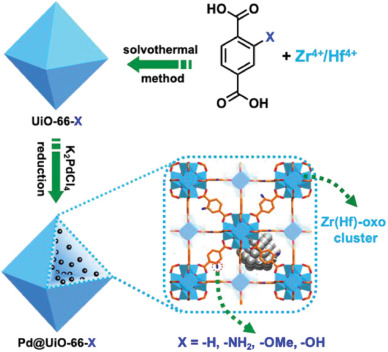
Title: Eco-Friendly Production of Squaramides on Filter Paper: A Revolutionary Green Chemistry Advancement
In a notable leap forward for medicinal and organic chemistry, scientists at the University of Naples Federico II in Italy have crafted an innovative technique for producing squaramides utilizing filter paper as a reaction substrate. Under the leadership of Margherita Brindisi, the team’s groundbreaking, paper-oriented method provides a sustainable and effective alternative to conventional synthetic pathways, achieving reaction yields that can reach as high as 99.5%.
What Exactly Are Squaramides?
Squaramides are organic substances characterized by a distinctive four-membered carbon framework known as a cyclobutenedione configuration. In these compounds, two corners of the ring are linked to amide groups, while the remaining two are connected to carbonyl groups. Due to their complex composition and strong hydrogen bonding capacity, squaramides are extensively applied as bioisosteres—chemical entities that replicate the structure and function of others—in the pharmaceutical sector. This enables drug developers to investigate compounds that engage with biological targets more effectively and demonstrate enhanced potency, selectivity, and stability.
Challenges of Conventional Synthesis
Despite their significance, traditional approaches to squaramide synthesis are laden with difficulties. These typically necessitate the use of high-boiling-point organic solvents, elevated temperatures, long reaction durations, and cumbersome purification methods. Such techniques are not only resource- and time-consuming but also detrimental to the environment.
An Innovative, Paper-Based Approach
The newly formulated technique addresses many of these issues by employing filter paper as both the reaction medium and physical substrate. In this configuration, dimethyl squarate, a prevalent squaramide precursor, is dissolved in an environmentally friendly ethanol-water blend and applied to a filter paper disc. Subsequently, an amine is added dropwise. The capillary action of the paper ensures even distribution of the reactants, while the concurrent evaporation of the solvent drives the reaction towards product formation—facilitating high yields quickly at room temperature.
In initial tests, the researchers produced 36 distinct squaramides, showcasing the versatility of the method. For instance, a reaction involving benzylamine yielded 97% in just five minutes without the necessity for increased temperatures or further purification processes.
Scalability and Eco-Friendliness
One of the most attractive features of this methodology is its scalability. The process can be easily adapted by enlarging the size of the filter paper employed. According to Brindisi, synthesizing squaramides with 6g of cyclobutenedione would necessitate a filter disc approximately 54 cm in diameter—well-suited for laboratory-scale operations. Although scaling up to industrial levels presents engineering challenges, experts like Jean Lessard from Sherbrooke University contend that these obstacles can be surmounted with the creativity of chemical engineers.
Possible Limitations and Future Possibilities
This technique does have potential limitations. The dependence on aqueous solvents might not align with all types of starting materials. However, Brindisi is optimistic that these issues can be tackled individually, with further refinement making the method adaptable for a wider array of chemical reactions.
Beyond squaramide production, the researchers envision this platform being utilized for the synthesis of other organic compounds, provided the reactants are soluble in water-based solvents. “This method signifies a promising foundation for broader applications in sustainable chemical synthesis,” Brindisi concludes.
A Promising Advancement in Greener Chemistry
By merging simplicity, sustainability, and scalability, this filter paper-based method represents a pivotal shift in how chemists approach the synthesis of complex compounds. As the domain of green chemistry evolves, innovations like this serve as essential milestones in transitioning to less environmentally detrimental practices in drug development and chemical manufacturing.
With such impressive yields, minimal equipment needs, and significantly lowered environmental effects, paper-based organic synthesis could very well evolve into a cornerstone technique in future laboratories.